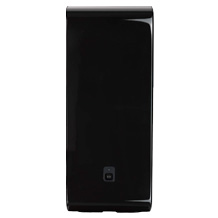Bluetooth speaker purchasing advice: how to choose the right product
- What You Need to Know
- Bluetooth speakers offer rich stereo sound.
- No cable connection to the player is necessary.
- The devices draw their energy from a rechargeable battery, so there is no need to be near a power socket during runtime.
- The speakers can be used flexibly and regardless of location: In the park at a barbecue, in the garage while working, in the outdoor pool – there are hardly any limits to the ideas.
What is a Bluetooth speaker and who is it suitable for?
Mobile phones or smartphones have largely replaced mobile players such as CD and MP3 players as well as iPods a few years ago. Unlike the aforementioned players, tablets, smartphones and the like have their own loudspeakers. However, the sound output is limited due to the design and is therefore of limited quality: Due to the flat design, the bass pressure output is severely capped. In addition, the compact devices achieve only a comparatively low overall volume. What may be sufficient in certain situations is simply not enough in loud background noise or for enjoying music in a larger group.
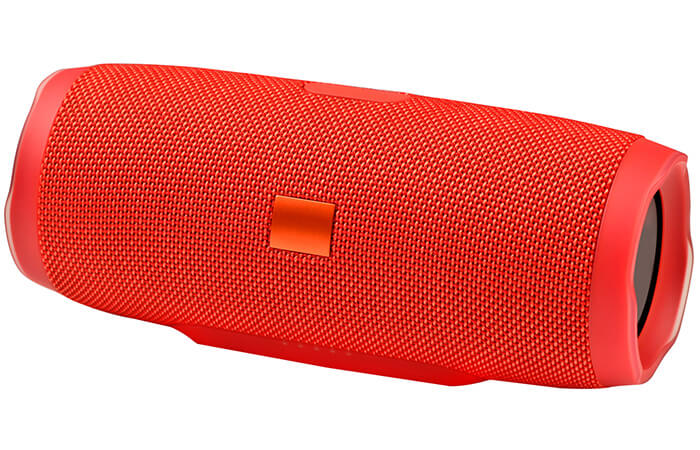
In addition, the sound is often flat and tinny. Bluetooth speakers are a remedy here. They are capable of reproducing richer bass and clearer treble, and at a significantly higher overall volume than the transmitting devices themselves. With powerful rechargeable battery solutions, the devices play music for between 8 and 24 hours without having to go to the socket to recharge in between.
Battery and wireless connection: perfect for on the go
A Bluetooth speaker is a portable sound box that can play music without an external power supply and without a cable connection. Due to its dimensions and weight, it can be used comfortably at home, with some exceptions, but can also be taken to the lake or on holiday. In the meantime, the small devices have caught up so far in terms of sound technology that they can definitely compete with a stereo sound system with two external satellite boxes. Therefore, they are suitable for all user groups with an affinity for music: young people who want to have music with them when they are out and about, for example at a barbecue in the park or chilling in the open-air swimming pool, rock fans who want to really turn up the music on the sofa at home or grandparents who love classical music in their own four walls. In addition, they can be used to keep your hands free when making phone calls: The call signal is transferred to the Bluetooth soundbar when a connection is established. For this purpose, the music playback is interrupted and resumed after the call is ended.
The big advantage: There is no need to lay a transmission cable from the box to end devices such as a smartphone, tablet or computer, nor is it necessary to always operate the speaker within range of a power socket. In most cases, the range is several metres, so that the playback device and the Bluetooth box do not even have to be in the same room.
Pro Points
- Can be paired with all Bluetooth-enabled devices
- Ideal for home and on the road
- No cable connection necessary
- Flexibility due to rechargeable battery
- Significantly better sound quality than standard smartphone and tablet speakers
- Good models can almost replace a stereo system
Drawbacks
- Running time is limited by the battery
- Bluetooth mode requires more energy than cable connection
- Sources of interference such as walls in buildings or poorly shielded cables
- Sources of interference from other waves: Baby monitor, neighbour’s WLAN, microwave oven
Different models – the bigger, the better the sound
Although manufacturers are constantly improving the technology in their Bluetooth speakers, and even very compact Bluetooth speakers can now deliver amazing sound performance, the quality always depends decisively on the size. The best-known manufacturers include the brands Bose, JBL, Sony and Teufel. It is therefore not realistic to expect the same performance from Bluetooth speakers smaller than a coffee cup as from large devices with the dimensions of a beer crate. Roughly speaking, the devices can be divided into three different categories, which differ both in sound characteristics and in their possible uses.
Compact units for flexible indoor and outdoor use
These Bluetooth speakers impress with their small design and the associated low dead weight. The smallest models are not much bigger than a packet of cigarettes. They score points above all because they can be used very flexibly. Due to their low price, compact models are very suitable as second devices. In the meantime, they are already available for about 20 euros.
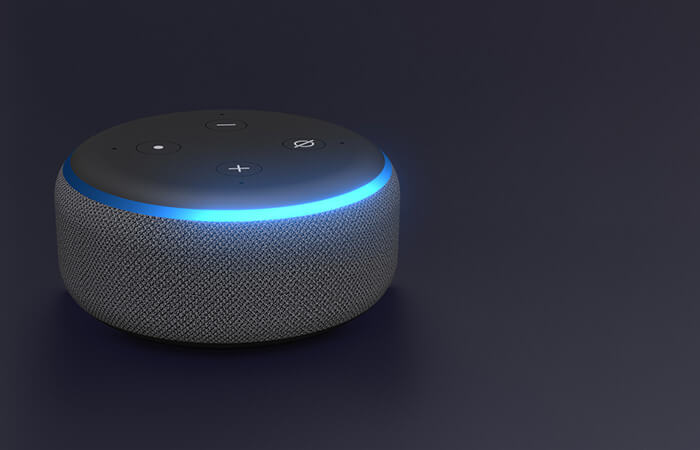
In terms of sound, these mini speakers have become better and better in recent years. The mini Bluetooth speakers use various methods of psychoacoustics, making up for their small size with powerful sound performance. They fit into any handbag and are therefore popular for use in a wide variety of places:
- For an atmospheric end to a summer evening on the balcony or terrace.
- At the swimming pool, to play the latest music in the background to create a pleasant atmosphere.
- To listen to the radio or music while travelling in a holiday flat or hotel
- As a second device in the kitchen, bedroom or bathroom
Psychoacoustics
Psychoacoustics is a branch of physics that deals with the connection between the influence of sound waves and their effects on the hearing impression of the user. It is now possible, for example, to create a sound experience with two loudspeakers that was previously only possible by distributing several loudspeakers around the room. This is done, for example, by bouncing the sound off objects in living rooms and walls.
The compact models are therefore suitable for users who are often on the move and therefore appreciate the advantages of the mobile lightweight devices. These users have no problem with accepting small compromises in terms of sound quality. They appreciate being able to enjoy music in any situation.
Medium-sized models: more power, can be carried in a backpack
Medium-sized Bluetooth speakers usually deliver richer bass compared to their smaller counterparts due to the larger sound box. In addition, they achieve a higher maximum volume. This is practical if you are at a swimming lake on a warm summer evening and want to entertain a larger group musically. Despite their somewhat larger design, users can still carry them comfortably under their arm or in a backpack on a bicycle. Smaller representatives are, for example, the Bluetooth speakers JBL Flip 4 and Bose SoundLink Mini. If you prefer something bigger, you can go for the JBL Boombox.
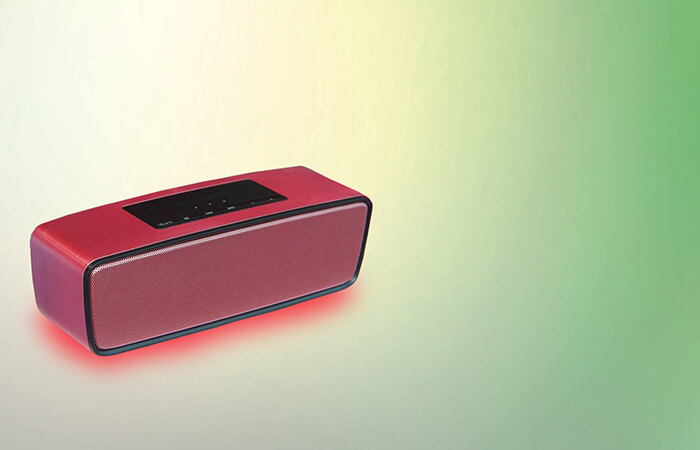
Large devices for parties or as a replacement for the stereo system at home
The large models are not intended for flexible use on the road. Their design and their weight, often well over ten kilos, rather limit their intended use: In most cases, these Bluetooth loudspeakers are bought by users who are looking for an alternative for the home stereo system. The advantage is that, as with all Bluetooth speakers, no cable connection to the sound source, for example TV, laptop or smartphone, is necessary. Many of the large devices either have a built-in rechargeable battery and a plug-in cable for stationary operation or do without the rechargeable battery altogether.

The reason for this is the higher power consumption due to the comparatively higher output. In addition, the large Bluetooth speakers are often placed on the living room shelf or on the floor and are rarely moved. So the plug-in cable is not much of a hindrance. The music comes out of the speakers in the best sound quality, and the user controls the device via smartphone from the sofa. These models can reach the size of a small refrigerator. With additional guitar and microphone inputs, built into the JBL PartyBox 200, the speaker becomes a true all-rounder.
Buying criteria – What is important?
When choosing the right wireless speaker, it all depends on the individual customer’s wishes. For some, a high-quality aluminium housing is important, for others the material is less important than splash water and dust protection, so that the small noisemakers can be used outdoors. The price and special functions can also be decisive for an individual purchase. We provide an overview.
Different technologies used in loudspeakers
In the following, we present some of the sound technologies used in loudspeakers and highlight their respective advantages.
Mono speakers: In mini models where space is limited

In very small Bluetooth speaker models, only one speaker is built in, as there is no possibility of using two speakers to produce stereo sound for reasons of space. Nevertheless, these models can produce a pleasant, room-filling sound. Slight losses are to be expected here, however.
Stereo speakers: Better sound, certain minimum width required
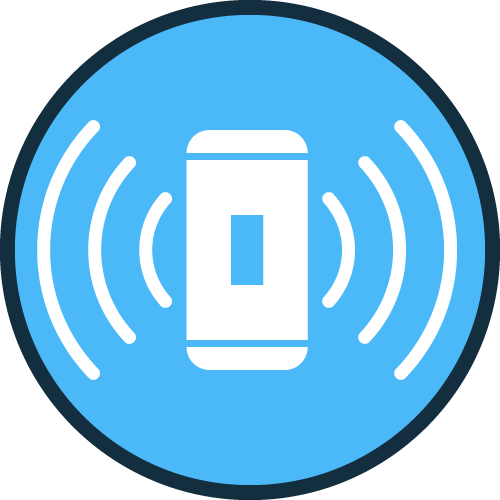
Models with somewhat larger widths allow the use of two speakers side by side, usually on the outer edges of the unit, and thus enable stereo sound. This variant is preferred by most users and is therefore the most common design. Compared to the mono versions, the sound is more powerful and richer.
All-round sound
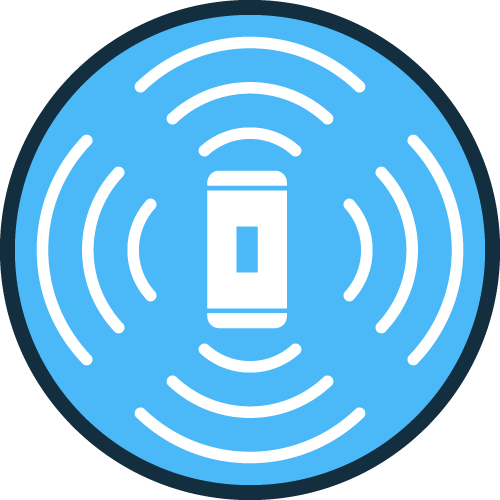
360-degree omnidirectional sound: for larger groups
With 360-degree speakers, the sound is not emitted at the front of the unit as usual, but in all directions. This makes these models suitable for larger groups, such as at an outdoor picnic: The speaker is placed in the middle of the group and everyone enjoys the same sound experience.
Finish and Appearance: Rugged or Elegant
The choice of enclosure material depends mainly on the location and the intended use. While for a model that will be permanently placed in a cupboard, a robust finish takes a back seat to a noble, appealing design, other characteristics are important for a Bluetooth speaker that will mainly be used outdoors. For the latter, it is less about the design and more about great resistance: the speaker should be able to withstand drops, dust and moisture to a certain degree. Interested parties should compare the manufacturers’ specifications on the so-called IP protection classes. Models made of hard plastic or, even better, aluminium are suitable for this purpose. In addition, battery life is a decisive factor for outdoor devices, as recharging is only possible at home. Here, it also depends on listening habits: Most manufacturers’ specifications on battery life refer to “half maximum volume”. Users who turn up their boombox to full volume will observe that their Bluetooth speaker loses power more quickly and does not offer a runtime of many hours. When empty, then empty: virtually no Bluetooth speaker has a replaceable battery.
Display: showing a wide variety of information
Another must-have for many technology enthusiasts is a display that shows information such as the charging status, time, artist and track name or the caller’s telephone number or the name stored in the phone book. Most models, however, do without this for power-saving reasons and are content – if at all – with an LED battery status display.
Connectivity: Which connections are available?
When deciding on a particular speaker model, the built-in connections also play a role. The more devices that can be connected wired or wirelessly, the more flexible the user is. We summarise the most important connections.
Aux connection: Battery-saving music listening

The aux connection is widely used in the hi-fi sector. With the help of a 3.5 mm jack plug, music can be played from any device that has such a connection. Except for newer iPhone models, most electronic devices have such an interface. It enables battery-saving music listening, which is particularly useful when the battery is already low. The reason is that the otherwise obligatory Bluetooth connection is omitted. So if it is clear that the portable box will not see a power socket for several hours, cable operation – if that is possible on the road – is preferable.
SD slot: Another way to listen to music without a Bluetooth connection

An SD card slot creates another way for users to listen to music without establishing a Bluetooth connection. A very big advantage of this method: no smartphone or tablet is necessary. The box simply plays the music stored on the SD card. It is operated via the buttons on the speaker.
Micro-USB input: Standard interface for charging the speaker.
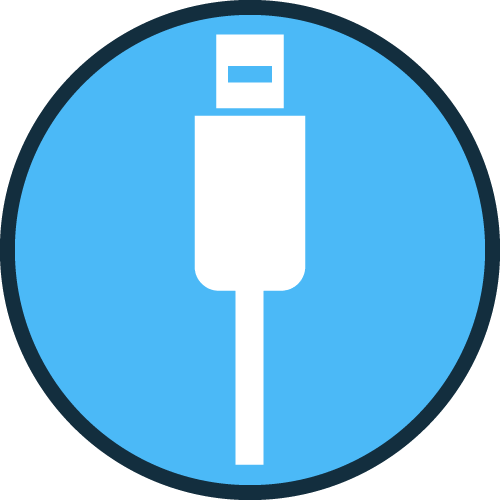
The micro-USB input is the most common interface for recharging the speaker battery. Only very few models deviate from the standard and use a Lightning connector or a classic mains plug for charging.
USB output: charging external devices

If the speaker model has a USB output, the Bluetooth speaker becomes a power bank in no time: with the original mobile phone charging cable, it is possible to charge a smartphone or tablet thanks to a USB port. Since the batteries built into the Bluetooth boxes have a comparatively large capacity, they usually even fully charge these third-party devices several times.
Additional functions: Radio, hands-free system, app control
Many Bluetooth speakers offer a more or less large potpourri of additional functions. We show which additional functions are possible with portable speakers.
NFC: Fast initial connection with new devices
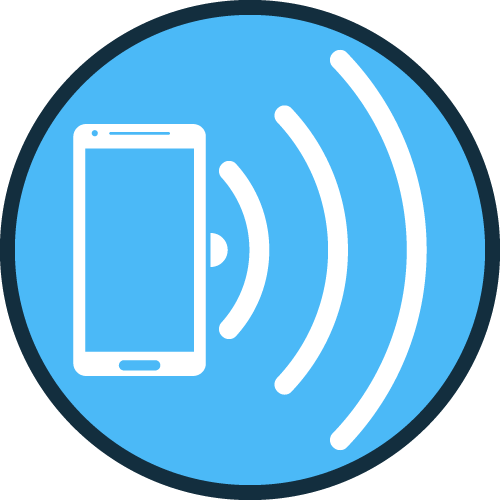
As already described, near-field communication technology helps users with the initial pairing between Bluetooth speakers and playback devices, so that no manual setup is necessary.
WLAN: Get music from your home media server or listen to radio streams

In addition to Bluetooth technology, some models also have a WLAN module. Accordingly, users have the option of integrating the speakers into their home network. If they have set up a home server, they can access all their stored music via the box. It is also possible to stream tens of thousands of radio stations from all over the world. In addition, WLAN boxes can be integrated into so-called multi-room systems. If they are integrated into them, users can listen to music across several rooms in the house: Either the same music plays everywhere, or the users listen to different tracks in different rooms, and at the respective desired volume.
Control buttons: Select songs, skip and back
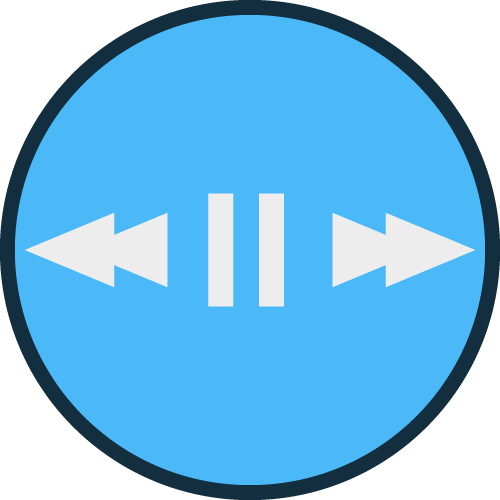
While this is not necessary when using a smartphone or tablet, the control elements become necessary at the latest when music is to be played back via the SD card. Otherwise, users would not be able to select songs or skip individual tracks. Therefore, control buttons for song selection are virtually indispensable for the operation of this type of storage medium. Users who only skip a few tracks and do not use the Bluetooth speaker as a hands-free device for smartphone calls do not need these functions.
Hands-free kit: Make calls and keep your hands free at the same time
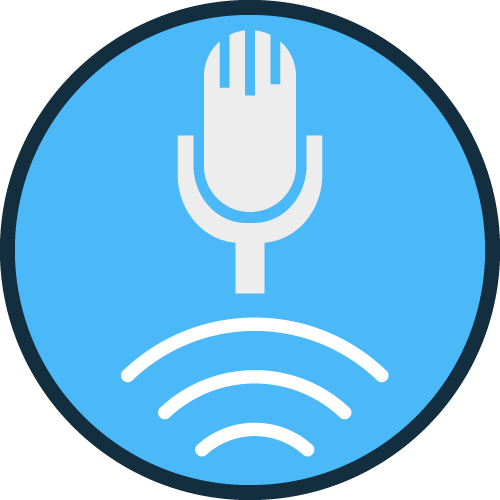
If the portable Bluetooth speaker has a hands-free function, users can use it to make phone calls. This is very practical if you want to do other things, such as household chores, while talking on the phone. In addition, such a device can be useful if several people are to participate in the telephone call, for example in the context of a company meeting. The telephone call then runs like a hands-free system in a car: Users can accept the call directly on the loudspeaker if the corresponding button is available. If a microphone is integrated in the speaker, it is ensured that the person on the other end of the line understands everyone present.
FM radio: Another way to listen to music
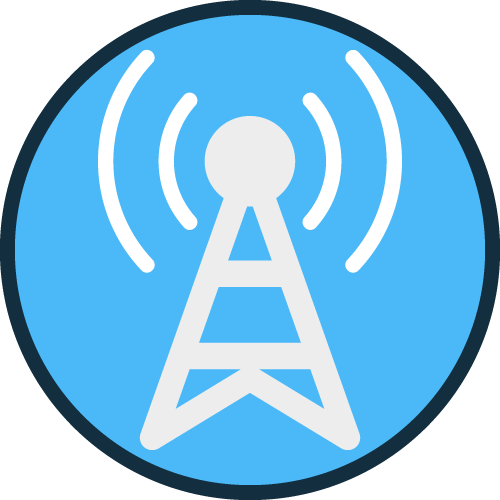
Some speaker models also have an FM receiver. With its help, users can listen to classic FM radio. The stations available are those that are received via the antenna in the region. It is a very popular system, with a low probability of failure and very low battery consumption. Dad at the barbecue will appreciate being able to listen to the Bundesliga football conference via this reception mode.
LED light effects: Nice gimmick, works best in the dark
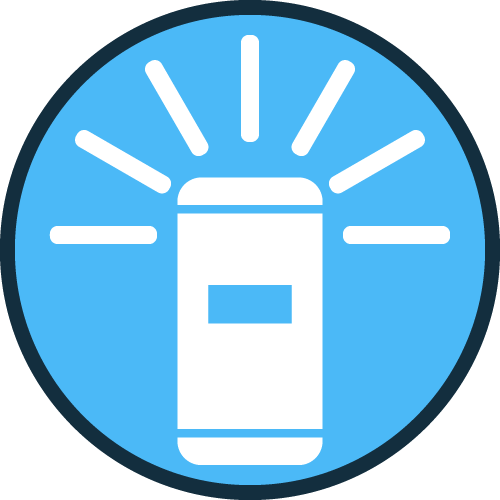
Some models have LED lighting. With some units, the user can set a colour that matches his or her mood. In addition, some units have a colour-changing function or can project certain patterns. Some even pulsate or react to the music, for example by lighting up according to the bass intensity. This function is best used in the dark.
App control: select music track, adjust volume, activate additional functions

App control is particularly useful if the unit does not have any operating elements. For app control to be possible, the manufacturer must offer a suitable app for the Bluetooth box. Users can use it to select music, adjust the volume, set the LED lighting if necessary or test the speaker in various equaliser modes. The free, manufacturer-independent AmpMe app also makes it possible to connect several Bluetooth headphones, even from different manufacturers, to a smartphone or tablet. This makes it possible to play music on several of the small sound wonders at the same time.
How do the wireless speakers actually work?
The wireless boxes work with the widely used Bluetooth wireless transmission standard. Data is transmitted encrypted or unencrypted via radio. This standard is now supported by practically all mobile devices such as smartphones, tablets and laptops. For desktop PCs or older notebooks, this functionality can be retrofitted for around 10 to 15 euros with a special USB stick. This technology is also used in car radios, for example to make phone calls with the smartphone without taking the hands off the steering wheel.
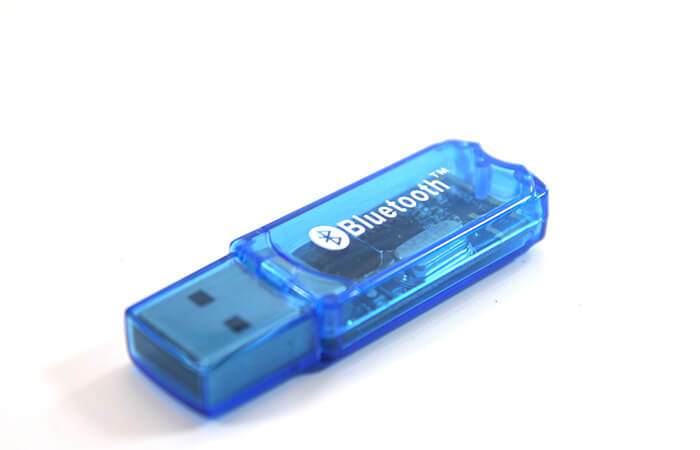
To ensure that the devices connect to the correct “counterpart”, in this case the Bluetooth box with the transmitter, such as a smartphone, each device has a unique 48-digit identification number.
Different Bluetooth versions: Backwards compatibility ensured
Bluetooth was already introduced as a wireless communication standard in 1999. Since December 2016, the current industry standard has been Bluetooth 5. Over the last 20 years, the data rate has been significantly increased, the signal has been sealed off from sources of interference, power consumption has been drastically reduced through low-energy operation and the range has been increased to a maximum of 100 metres. Bluetooth is downward compatible, which means that old devices can also communicate with new Bluetooth versions.
Exceptions to Bluetooth compatibility
There are a few groups of devices that require a minimum version of the Bluetooth standard. These include, for example, extremely low-power smartwatches and fitness wristbands that require the low-energy protocol of Bluetooth version 4.0.
Danger of confusion: Bluetooth version versus Bluetooth class
Bluetooth versions, where the latest standards are counted upwards, are easily confused with Bluetooth classes, which specify the transmission power (in milliwatts, mW), the volume power level (in decibels-milliwatts, dBm) and the maximum range (in metres, m). For Bluetooth classes, the lower the specified value, the greater the transmission power. With Bluetooth versions it is the other way round: the higher the version number, the more functions the device can handle, such as the power-saving exchange of audio data.
| Class | Power (Mw) | Power (dBm) | Indoor range | Outdoor range |
|---|---|---|---|---|
| Class 1 | 100 | +20 | approx. 100 metres | approx. 100 metres |
| Class 2 | 2,5 | +4 | approx. 10 metres | approx. 50 metres |
| Class 3 | 1 | 0 | approx. 1 metre | approx. 10 metres |
Initial setup: Either manually or via NFC function
If users want to connect their Bluetooth speaker to a device such as a smartphone or tablet for the first time, they usually first have to activate the Bluetooth functionality on both devices. On the transmitter – in this case smartphone or tablet – they select their Bluetooth speaker model from a list of nearby available devices. Depending on the device, the user must enter a four-digit pin code for the initial connection. This can be found in the operating instructions.

Tip: For many models, the code 0000 is preset and can be changed by the user. If the pairing has worked, the devices will connect automatically in future, provided Bluetooth is activated on both and they are within range.
It is even easier if both devices support the NFC (Near Field Communication) function. In this case, manual connection via the device list is superfluous. It is sufficient to hold the devices very close to each other for a few seconds with the areas marked by NFC stickers. In this way, the devices automatically communicate with each other, activate the Bluetooth functionality if necessary and establish the connection.
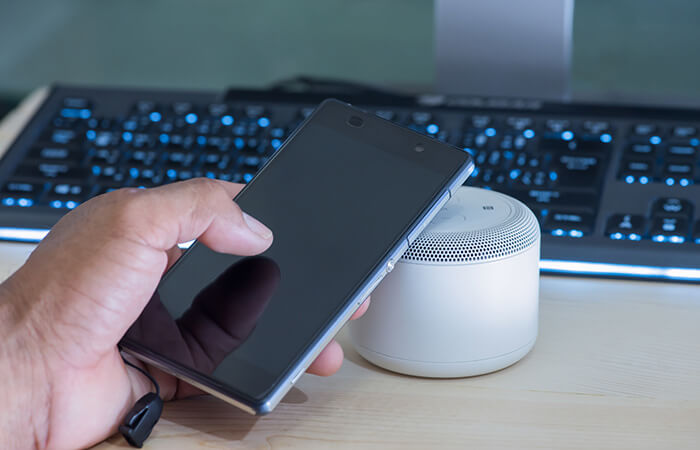
Holding the devices close to each other for pairing is also only necessary during the initial setup; future connections are automatically established as soon as the devices are within radio range. If no such stickers are attached, users should check the operating instructions to see whether their devices support the NFC function and, if so, where the contact surface is located.
Known brands
Anker Soundcore | Bose Soundlink | JBL Flip 3 | JBL Boombox | Sony | Teufel

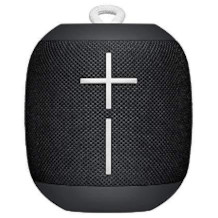
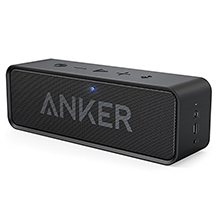
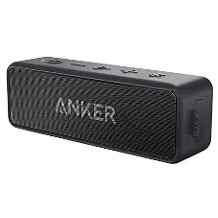
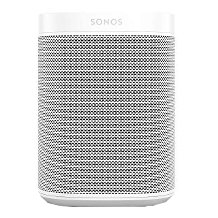












 107,150 reviews
107,150 reviews

